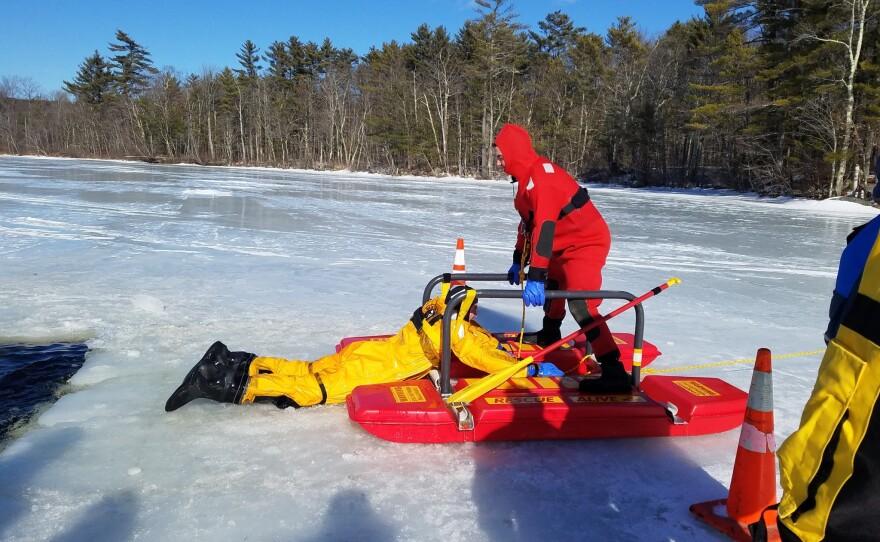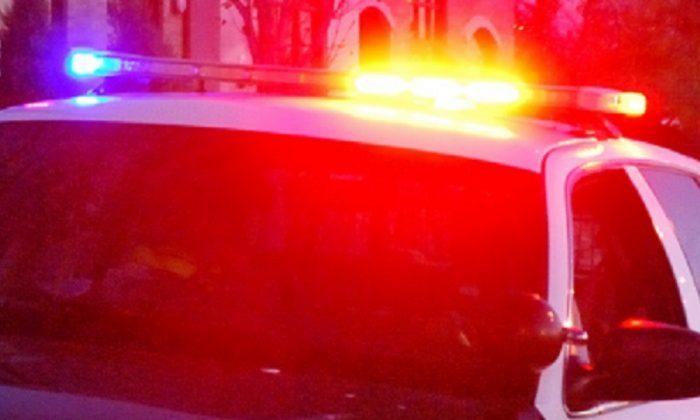As the year’s busiest travel season approaches, the Consumer Product Safety Commission (CPSC) on Wednesday encouraged travelers to take carbon monoxide (CO) detectors with them during travels and on vacations.
The agency noted that hotels and vacation rentals might not have working carbon monoxide alarms.
Furthermore, only a handful of countries require carbon monoxide detectors in hotels.
Carbon Monoxide Leaks
Carbon monoxide is called the “Invisible Killer” because it is an odorless, colorless, tasteless, and poisonous gas. It is a byproduct of burning fuel that can cause carbon monoxide poisoning and death if it builds up indoors and you breathe it in.Early symptoms include headache, dizziness, and nausea. As carbon monoxide builds up in your blood, symptoms worsen and may include confusion and drowsiness, fast breathing, fast heartbeat, chest pain, vision problems, and seizures.
According to the CDC, carbon monoxide is found in fumes produced by furnaces, kerosene heaters, vehicles “warmed up” in garages, stoves, lanterns, gas ranges, portable generators, or by burning charcoal and wood.
Having proper ventilation and CO detectors for both home and travel is essential.
If you have symptoms you believe could be caused by carbon monoxide poisoning, leave the area immediately and call an ambulance or visit the nearest hospital.




